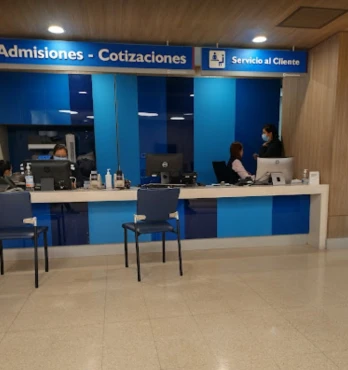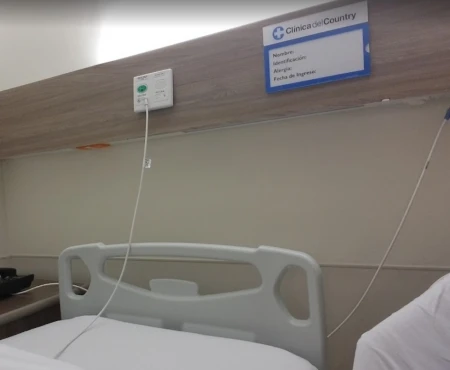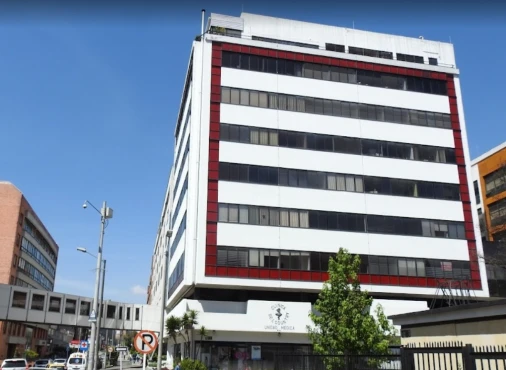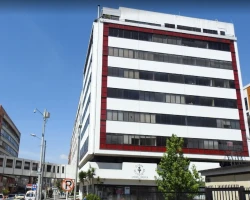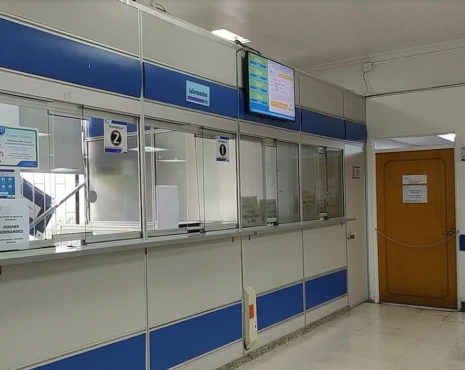Pulmonary embolism (PE) treatment in 1 Cardiac surgery and Vascular surgery clinic in Ipiales
1 clinic specializing in Cardiac surgery and Vascular surgery providing treatment of
Pulmonary embolism (PE)
Pulmonary embolism (PE) is a life-threatening condition where a blood clot, usually originating from the legs, travels to the lungs and blocks blood flow. It causes sudden chest pain, difficulty breathing, and can lead to lung damage or failure.
Read more...
disease in Ipiales.
Besides this clinic there are 41 Cardiac surgery, Vascular surgery clinics in Colombia.
Such diseases are treated by Hospital Civil de Ipiales E.S.E: Acute limb ischemia, Aortoiliac occlusive disease (AIOD), Arterial embolism, Atherosclerosis, Pulmonary embolism (PE), and others.
Nearby clinics in Colombia
Perhaps you should consider the following clinics we have found nearby basing on your Location, Disease filters applied.
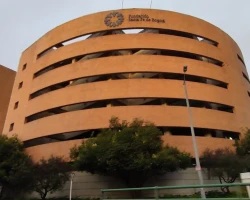





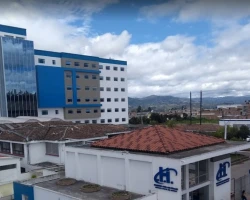
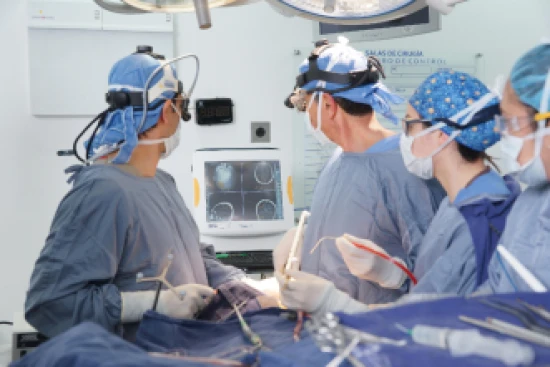

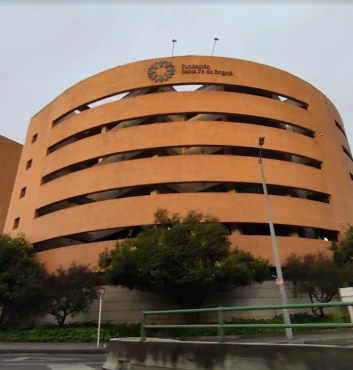





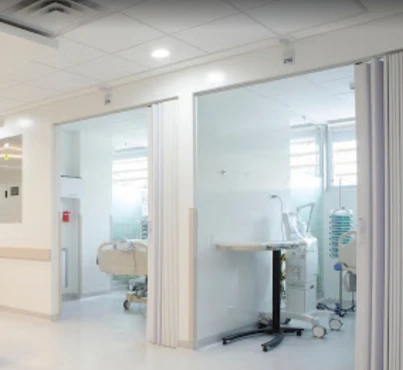

-medium.webp)
-medium.webp)
-medium.webp)
-medium.webp)
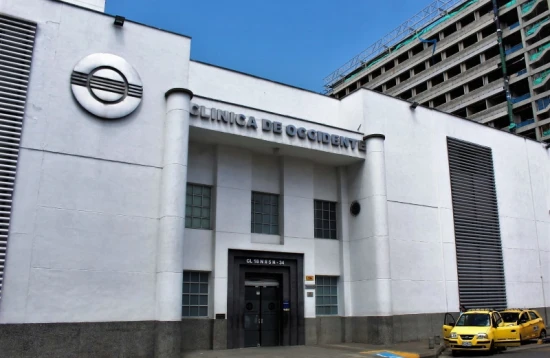
-medium.webp)
-medium.webp)
